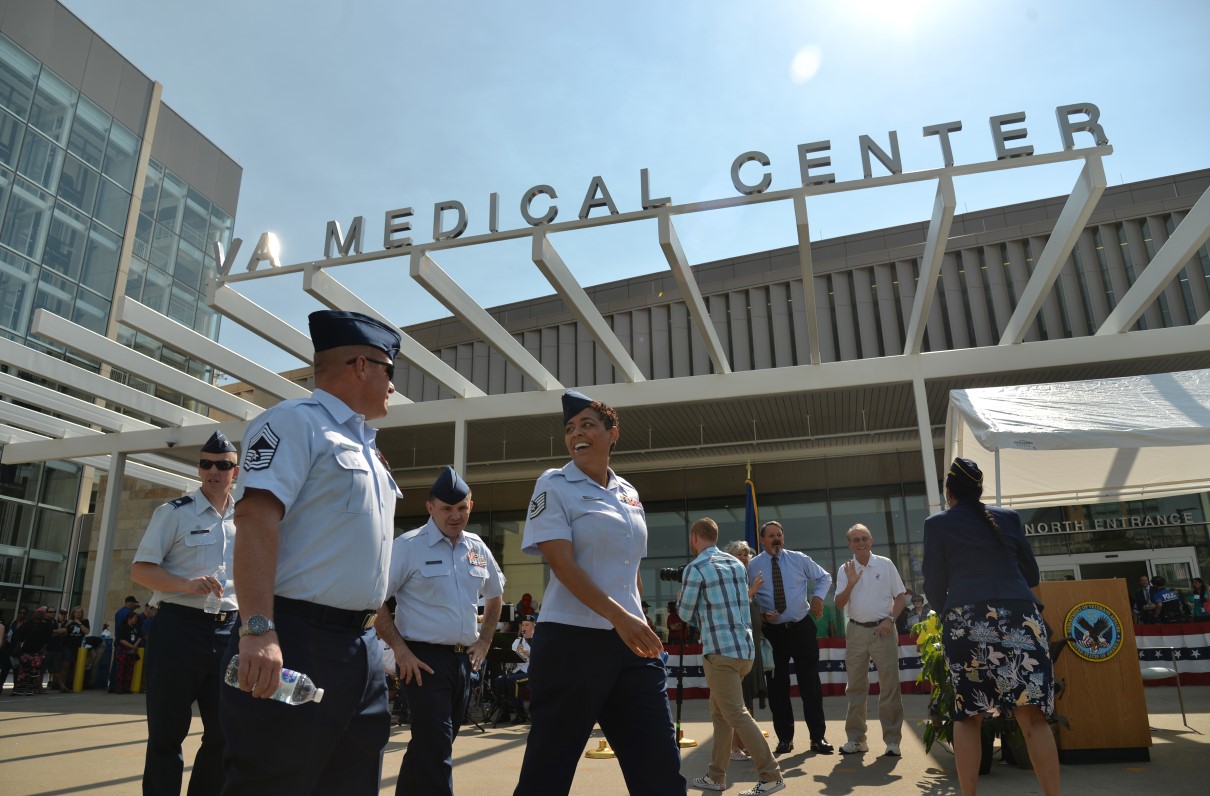The Department of Veterans Affairs released its performance ratings for its 146 hospitals this week, with 66 percent of the facilities scoring higher in FY 2018 than they did in the previous year. A full list of ratings is available here.
The ratings are on a simple five-star scale, but the path to that star rating is a bit more complicated. The VA uses the Strategic Analytics for Improvement and Learning (SAIL) model, which includes 25 areas of measurement for the facilities - everything from patient mortality rates to employee satisfaction.
These areas are grouped into 10 domains: Nine measuring quality, one measuring efficiency and capacity.
Here's a breakdown of those domains, and what metrics VA tracks as it rates its facilities:
1. Acute care mortality: How the hospital's death rate involving those treated for severe injuries or illnesses compares with a model that predicts the likely rate for these types of patients.
2. Avoidable adverse events: A measurement of incidents such as in-hospital complications and common infections.
3. Length of stay and utilization management: How long a patient stays in a facility, and the evaluation of the medical necessity of care.
4. Care transition: How often patients are readmitted, and how often they are hospitalized because of conditions such as pneumonia. According to the VA, better primary care will mean fewer hospitalizations for what are considered “ambulatory care-sensitive conditions.”
5. Patient experience: A patient's observations of his or her interactions with health care providers at the facility.
6. Employee satisfaction: How workers rate their organization. This also includes the rate of nurse turnover.
7. Performance measures: Both widely used and VA-specific technical metrics used to quantify outpatient and inpatient care. Both physical and psychiatric services are tracked.
8. Access: VA gauges access based on scheduling appointments in a timely manner, wait times, and speed of response at the call center.
9. Mental health: Multiple metrics that track both the quality and the continuity of mental health care.
10. Efficiency and capacity: This metric doesn't directly measure quality, instead focusing on the availability and workload of staff across all specialties.
Want more? Find in-depth breakdowns of each VA facility along these metrics, as well as scores from previous years, here.
Amanda Dolasinski is MOAA's staff writer. She can be reached at amandad@moaa.org. Follow her on Twitter @AmandaMOAA.
